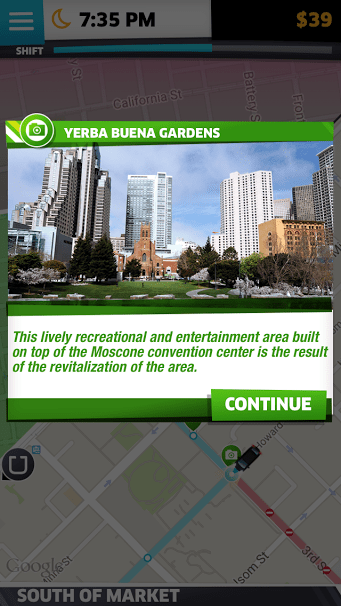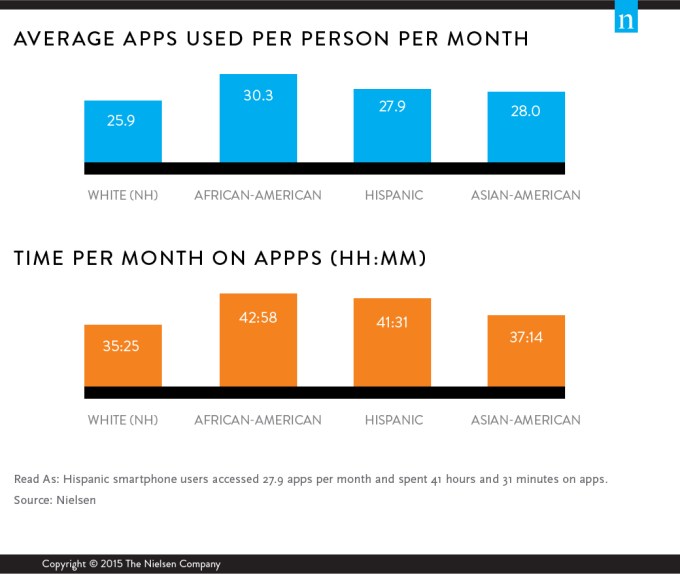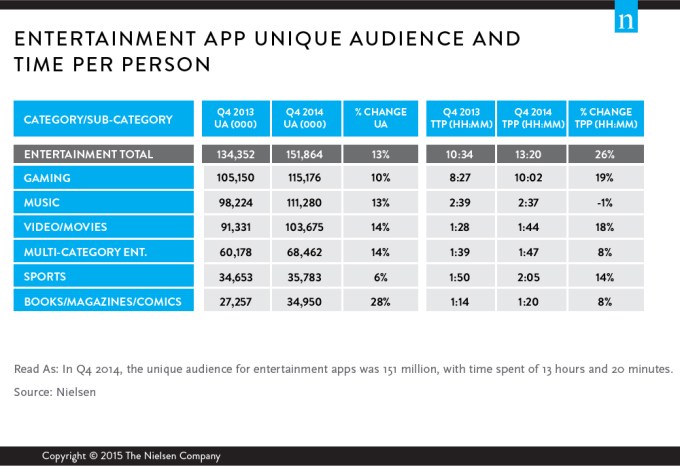
As the summer travel season goes into full swing, a travel app that hopes to give you a new way of experiencing physical spaces is growing. Detour — an immersive city guide app constructed around GPS-triggered audio and smart, witty narratives — is expanding beyond its existing footprint of San Francisco and Austin to cover New York and five international cities: Barcelona, Berlin, London, Marrakech and Paris.
As with the current selection of guides, downloading the app will be free, and users can then purchase individual tours — $5 each in the U.S. and $8 in Europe and Marrakech — or sign up for a subscription with unlimited guides for $20/year.
The move comes as Detour, notably founded by Groupon co-founder and former CEO Andrew Mason, continues to work on its bigger ambition as a business: a platform for anyone to create an immersive guide for a particular place. Mason tells me that the aim is to have a private beta of the platform open by the end of this year, with a broader expansion in 2016.
Since Detour’s launch almost a year ago, the startup has been straddling two sides of its business. The first of these has been on the content creation side. Specifically, it’s been building out its catalog of guides in its home market of San Francisco, where Detour is currently adding new tours at the rate of one each month, employing a team of sound and tech engineers as well as radio producers to craft the guides.
It’s that team of people working on the SF content that are also helping lay the bedrock for the second side of the business: the platform for making future guides.
The challenge, as Mason describes it, is that producing audio guides takes days and sometimes weeks, not only sourcing content but also recording and coding it to progress based on your location. So Detour is trying to figure out a way of using technology to make that process faster and easier. The result would be that Detour could crowdsource content for its app, but it would also mean more ideas for what gets produced in the first place.
Part of this has been inspired by people’s responses to Detour since launch, Mason says. “People have been writing in and offering ideas to us completely outside the bounds of what we are offering,” he says. “We would be doing a disservice if we were only allowing ourselves to create Detours.”
A few pieces of the puzzle have already been put into place.
For example, Detour has created a tool to transcribe a piece of audio and then let you edit the actual audio file by editing that written transcription (which frankly sounds very cool and useful for more than just Detour if you’ve ever gone through the task of editing audio).
Another piece of code that Detour has built lets a producer program music or other recorded sound under a spoken narrative by writing it into that transcription. Behind your notation, Detour automatically shapes the audio to sit under the spoken voice.
To be clear, however, Detour doesn’t see itself as in that same category of startups that create instant videos out of a piece of text, or instant articles out of press releases.
“There is no outcome where talented people aren’t still required to make Detours, but we’d like to reduce the technical requirement needed to do it,” Mason says. This is part of the reason for employing a staff to create a lot of the content in house today, he explains. “We are trying to understand what happens in their brains.”
Within that context, Mason describes the newest additions as “previews” of what Detour may offer in the future. The New York content is actually based on audio “essays” created by Soundwalk (“audio tours for people who don’t normally take audio tours”) some time ago.
“Soundwalk has been making low tech but high qualty outdoor audio walks,” Mason notes. Detour essentially reissued some of the older walks, having run them through the Detour platform to add group listening and location triggers. “We gave them the platform they always deserved,” he added.
The walks in European cities and Marrakech, meanwhile, were also created out of house, albeit by a close associate of Mason’s. Aaron With, a former Groupon employee that Mason actually credits with thinking up the company’s name, created the guides working with local producers in each city. These are still in the irreverent style of what Detour has created in SF — one walk in London’s Westminster, for example, is led by a fictitious, whiskey-swilling government bureaucrat called Henry Adeane (very close to home for me; my husband is a senior civil servant). But for now don’t expect the same pace of adding new guides in these cities as Detour has done in San Francisco.
The content part of the equation is just one of the many hurdles Detour still faces. Another is around the technical aspects of the service. Right now, using the GPS to essentially propel a user through a tour is very draining to the battery — some tours can take up to 30% of your battery life. Mason says they’re constantly working on ways of reducing that — such as being more selective about GPS engagement and optimizations in how maps are rendered, as well as distributing battery load when in a group — but that there is still some way to go here.
“This is a concern as it is for anybody trying to build mobile experiences, espcially since we’re sending people out to the wild and we need to make sure the battery lasts.”
He says that in an ideal situation you are not actually using your phone all that much and concentrating instead on what is around you, although that can’t always be controlled. “In the beginning we decided detour should be a phone in pocket experience and the entire experience is through your headphones. And when people do keep their phone in their pocket that takes care of largest battery drain. The people who have the worst experiencees are those who are Instagramming or playing Angry Birds at the same time.”
Another is the fact that for now the app is still only on iOS. Needing to add an Android app has been one of Mason’s brutal awakenings, he says. “Android is more important than we thought it would be, which i hate.” Detour has found that roughly one third of people in a would-be group will be using an Android handset. “So if you have a group of three or more, chances are they can’t take a Detour together. You are only as strong as your weakest link.”Android is coming later this year, he says hopefully.
When Ryan first wrote about Detour last year, he described the app as a “content-centric” approach to travel guides, more of a story telling experience than a fact-based travel guide: think “This American Life” personalised to a specific location, with the narration moving along as you do. In that regard, it may be hard to think of how Detour correlates to Mason’s previous entrepreneurial endeavor, sometimes mocked for some of its less high-minded offerings.
But there is less of a tenuous connection between Groupon and Detour than you might think. One of the mainstays of the Groupon catalog of deals are “experiences,” selling not just products and beauty sessions, but parachuting trips, boat cruises and other activities that are about discovery and fun. When you think about it, a new activity is also what Detour is trying to bring to users, albeit with a more interactive, constant companion style.
That also brings to mind also where Detour has competition, but maybe also where it might have some opportunities longer term as a business: there are a lot of companies out there already in the travel and leisure sector focussing on apps for getting around and discovering cities, from biggies like TripAdvisor and Rough Guides through to VC-backed startups like Peek and Dojo and long-tail efforts that may not look slick but are full of information.
Detour tries to set itself apart from the others in part because it’s more than just information; it attempts to take that detail and put it into an immersive media experience.
“It’s not just about information and experience,” Mason says. “It’s about helping people walk in someone else’s shoes and form a deeper connection to people who identify with a place.”
Indeed, he doesn’t see any of these other location-based or travel businesses as competition for what Detour is trying to do. “We see Oculus as the competition,” he says. “Our job is to make the real world more interesting again.”
from TechCrunch http://feedproxy.google.com/~r/Techcrunch/~3/y_-9HdXxdLc/
via
IFTTT















































